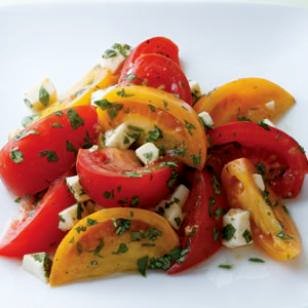Sprouted ragi is a food staple in southern India and a pleasant surprise for budget conscious travellers with wheat allergies,celiac disease or gluten intolerance. Ragi, more commonly called finger millet, or African millet is a food staple in southern India. It is commonly referred to as the poor man’s rice by locals. In comparison to rice or wheat flour, ragi is resistant to mold and insects, making it an ideal- food source in the tropics. In addition, ragi can be stored for lengthy periods of time with minimal spoilage. It is naturally gluten free and a rich source of protein. Ragi also contains amino acids and methionine. According to the Association for India’s Development, sprouted ragi has over two times as much protein as 100 grams of cow’s milk, four times more iron and is an excellent source of calcium. Ragi is also higher in protein and iron than rice or wheat and less expensive. Ragi is wheat free and gluten free making it an ideal food for people with food allergies.
In food preparation, ragi is ground into flour and used to make cakes, cookies, cereals, porridge and other baked food items. Ragi cereal is often a baby’s first solid food in India. According to the Association for India’s Development, ragi is healthier than many prepackaged baby foods made with rice or wheat. It is also tolerated by most children including those with food allergies. Ragi and vegetables or dal is a common-food staple in India.Ragi pancakes sweetened with jaggery are a popular breakfast item in Kerala. When travelling in India, ragi is a local-food source that is nutritious, wheat free, gluten free and inexpensive.

No comments:
Post a Comment